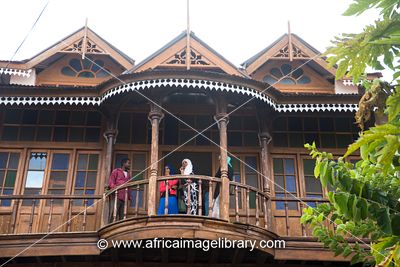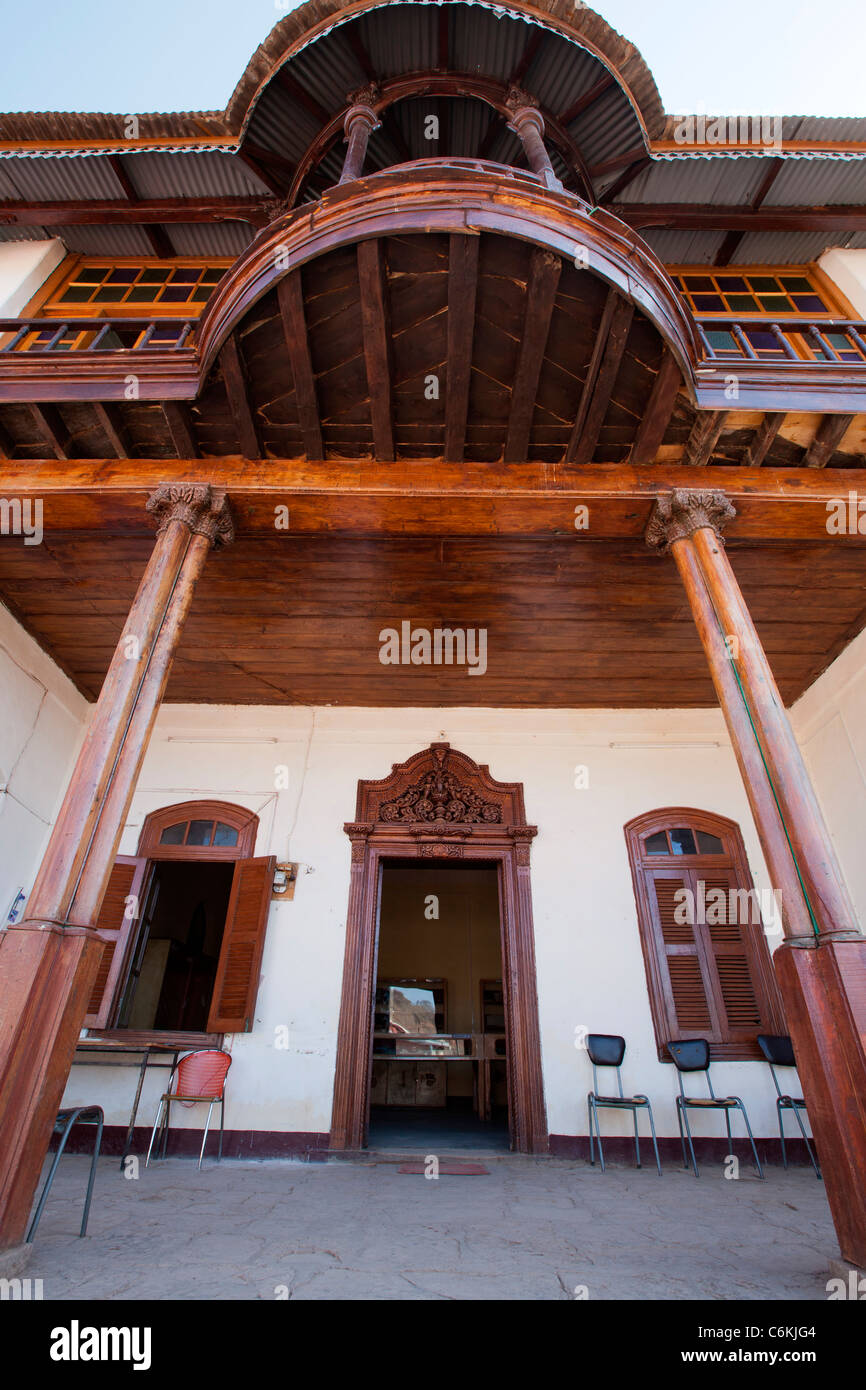You are using an out of date browser. It may not display this or other websites correctly.
You should upgrade or use an alternative browser.
You should upgrade or use an alternative browser.
Essential The Official African History Thread
- Thread starter ↓R↑LYB
- Start date
More options
Who Replied?Misreeya
Pro
The finding at Nuri Pyramid complex. North Sudan


This is a sarcophagus of Aspelta, one of the pharaohs that is buried within the pyramid complex from the one i posted of Taharka in (Northern Sudan today), but different pyramid. The sarcophagus is over 20 tons, and it is now housed in the Boston Museum of Fine Arts in the United States.








Sarcophagus of King Aspelta


This is a sarcophagus of Aspelta, one of the pharaohs that is buried within the pyramid complex from the one i posted of Taharka in (Northern Sudan today), but different pyramid. The sarcophagus is over 20 tons, and it is now housed in the Boston Museum of Fine Arts in the United States.








Sarcophagus of King Aspelta
Misreeya
Pro
Lion temple North Sudan.


Last edited:
Misreeya
Pro
Buhen Temple Sudan national Museum.
















Misreeya
Pro
Kenya Gedi ruins
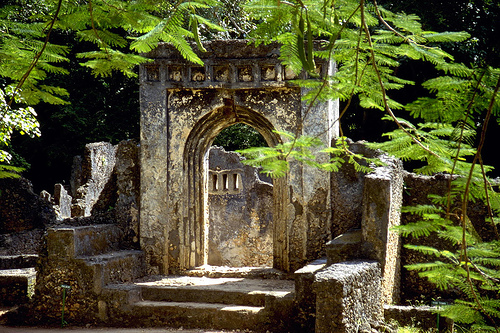







Misreeya
Pro
Great Zimbabwe. Zimbabwe Southern AFrica
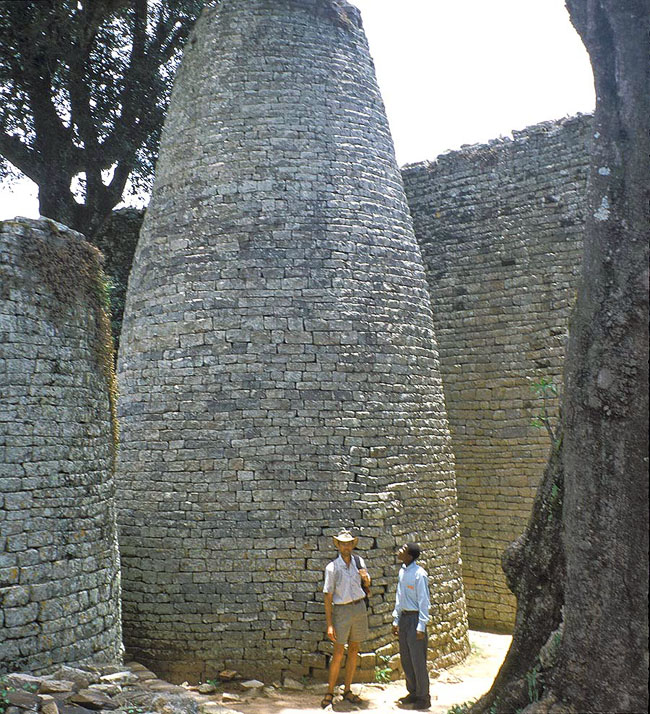



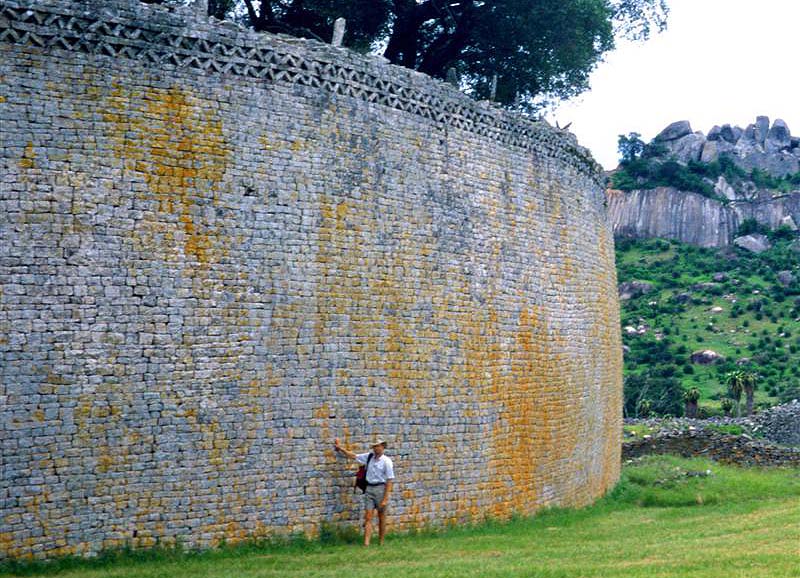

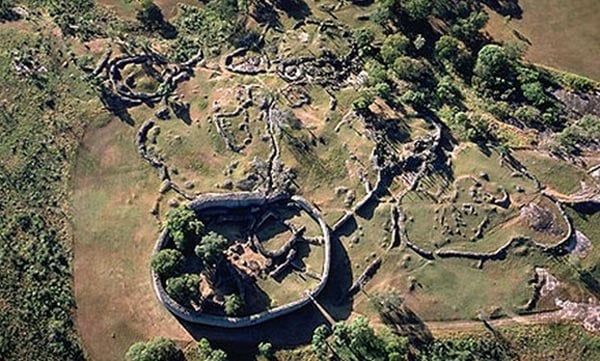







Misreeya
Pro
musawaratt es sufra North Sudan
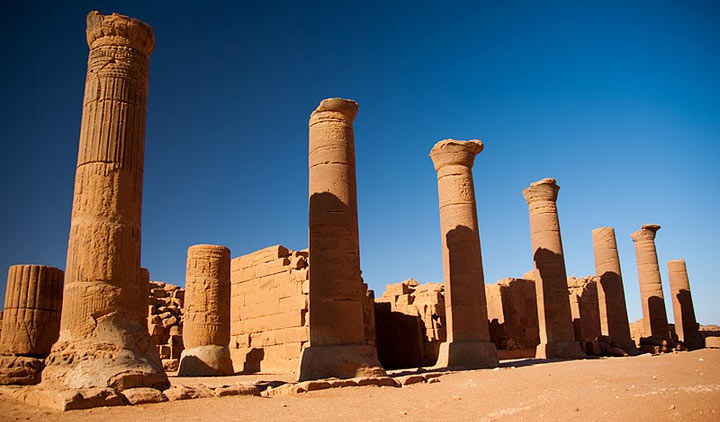

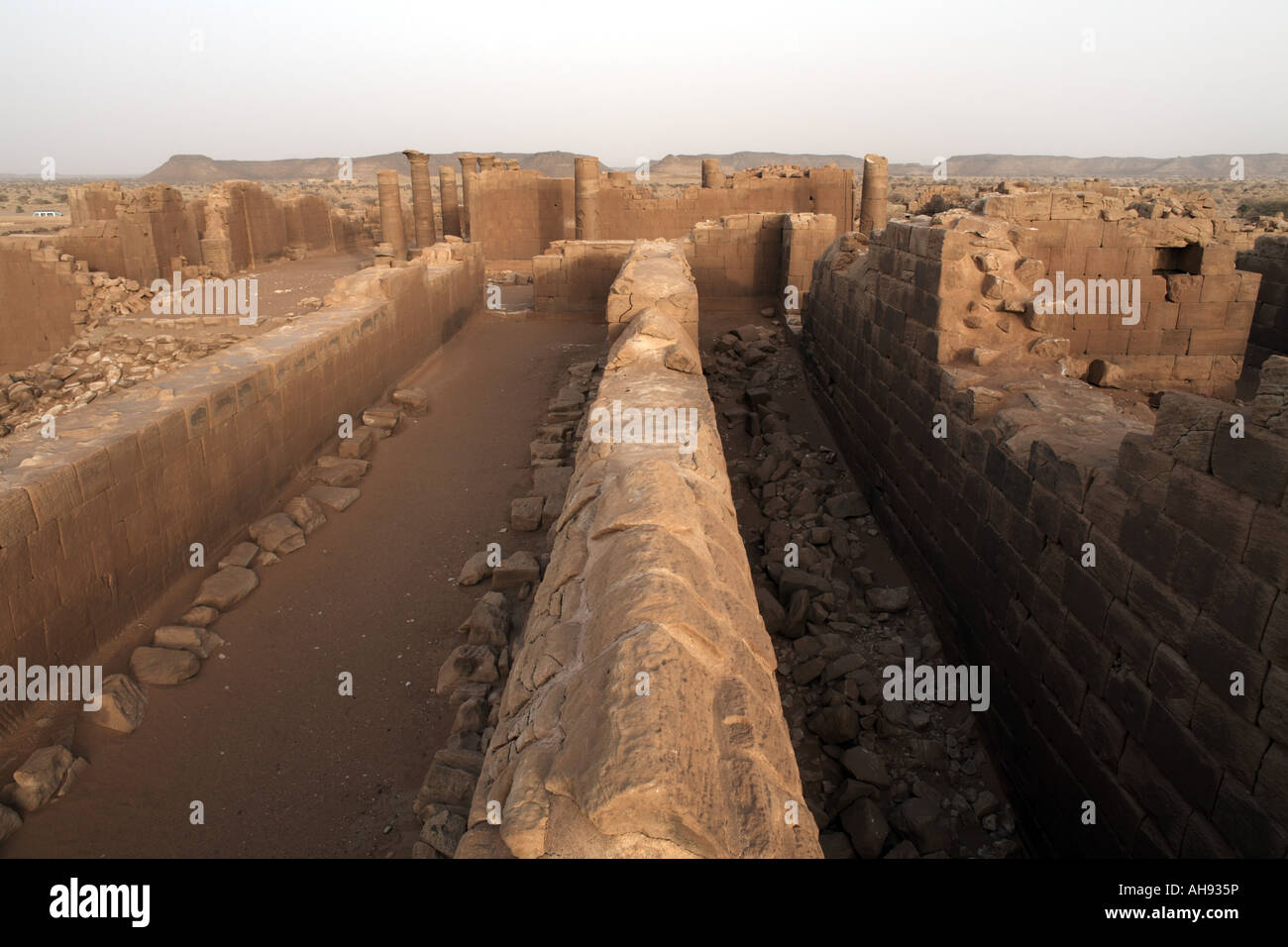
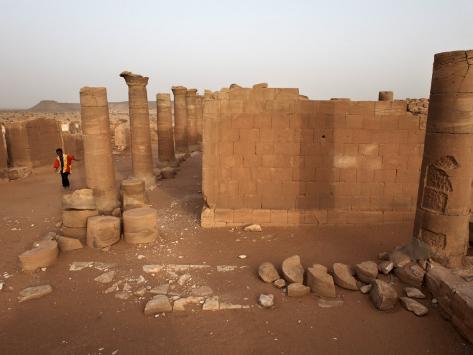




Misreeya
Pro
Amara West Northern Sudan
Temple of Rameses
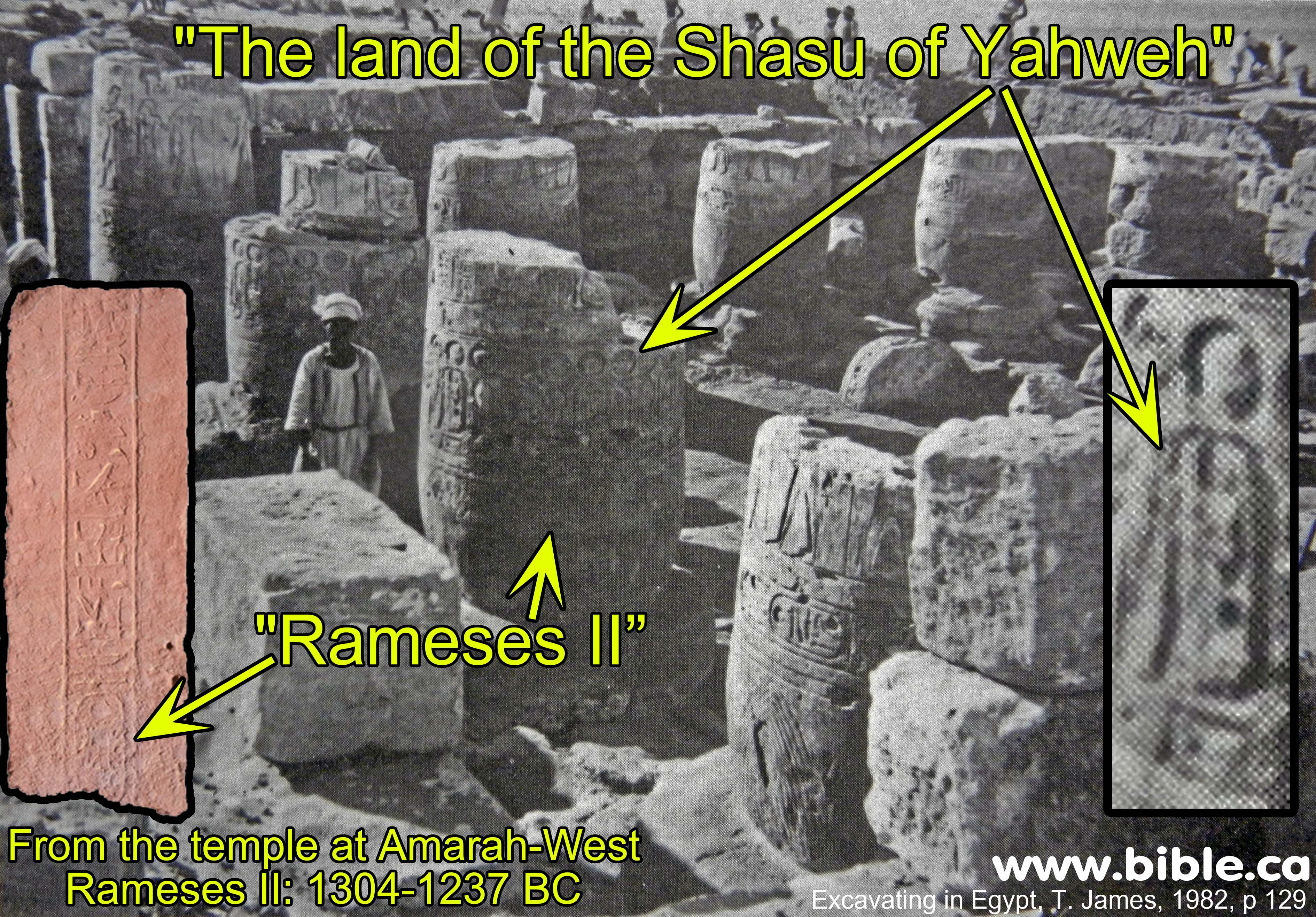
and settlements and other ruins and recent finds








Temple of Rameses

and settlements and other ruins and recent finds








Last edited:
Misreeya
Pro
Sungo Eredo Wall. Nigeria

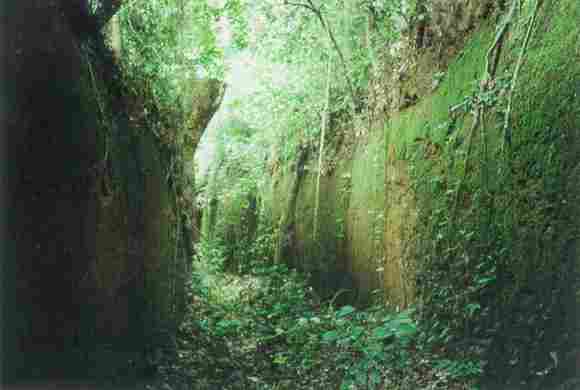


Misreeya
Pro
Semna Temple
It is now housed in Sudan National Museum in Khartoum







It is now housed in Sudan National Museum in Khartoum







Last edited:
Misreeya
Pro
Statue of
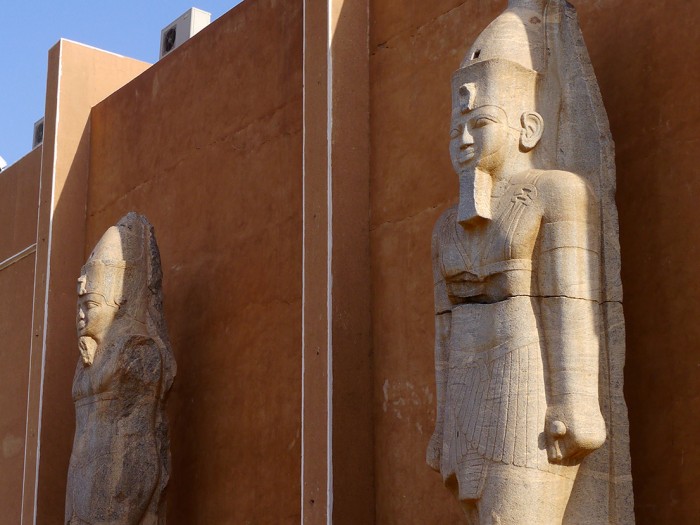

Statue of _Natakamani. This statue was found in Northern Sudan, and now house in national museum.
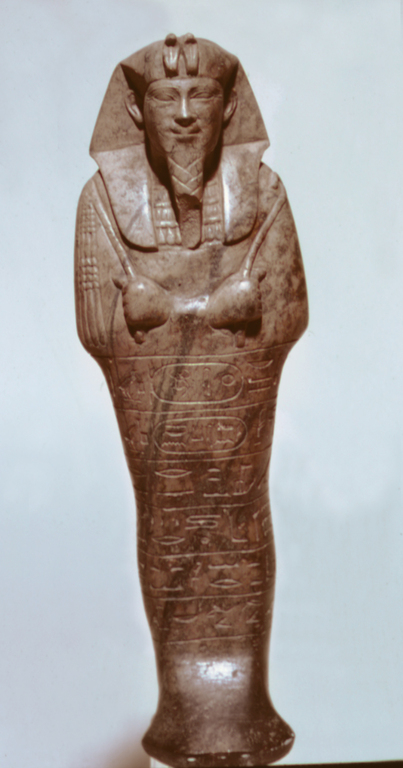

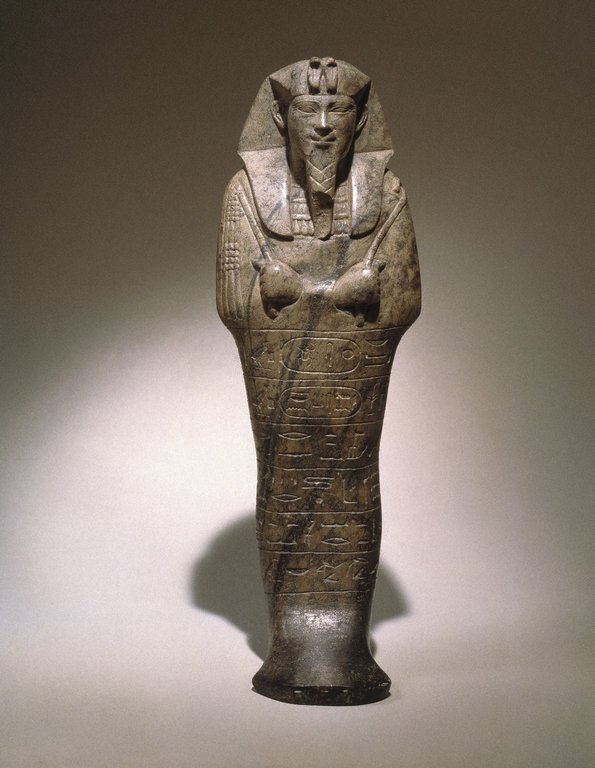
Stabti of Senkamanisken, House in the Brooklyn museum in United States.


Statue of _Natakamani. This statue was found in Northern Sudan, and now house in national museum.



Stabti of Senkamanisken, House in the Brooklyn museum in United States.
Misreeya
Pro
Items in Sudan National museum.
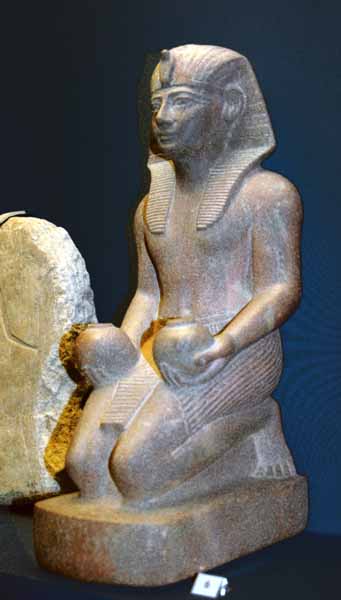
Statue of Amenhotep I from the Sudan National museum.


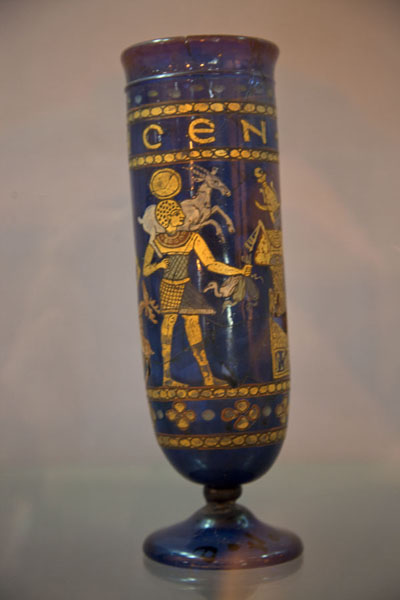

Death Mask


Statue of Amenhotep I from the Sudan National museum.



Death Mask

Misreeya
Pro
Kano city Wall Northern Nigeria








Northern Sudan
Nuri pyramid ruins

For those that are students or Professional Architects or Engineers you may be impress with this monument. I did not explain in depth in the other thread, so i decided to do it here.
Although this ruin look like some sought of weird mound, it is actually a pyramid, and one of the largest in what is now Sudan. According to some scholars the height of the pyramids was btw 40 or 50 meters high, whereas other scholars believe the pyramid may had reached 79meters high and is a area of 51.75 m x 51.75 m. If the pyramid was 79meters in height it would had been bigger than the step Pyramids but smaller than the red Pyramid further north. The pyramid collapsed somewhere during the 1800, but there was a sketch drawing by a French artist during that period, who drew the pyramid near its full height, before it collapsed further. The pyramid had a chapel which is totally ruined, but what survived in tact is the burial chambers, which is very well preserved. It was excavated 100 years ago by George Reisner a American Egyptologist from Harvard University.
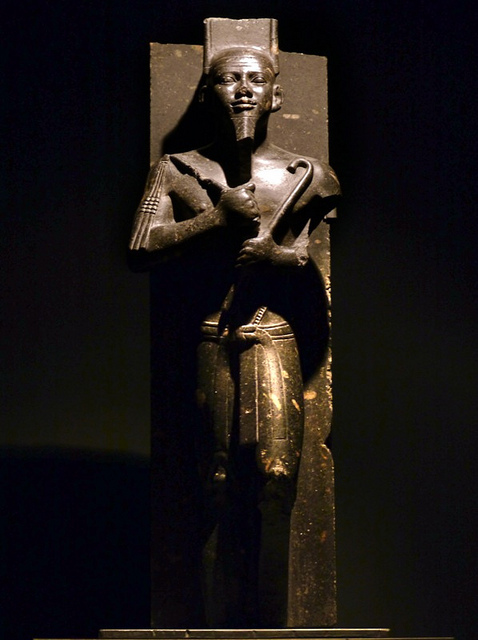
The person or pharaoh that is buried there was Taharka, he ruled what is now Sudan and Egypt today. He is actually mentioned in the old testament of the Jewish Torah or Bible. This period according to Egyptologist is considered the third intermediate period. According to what i read the burial chambers is pretty much the same size and scope as the Osirion in Abydos Egypt which was built during the New Kingdom period during the reign of the Set I.
Excerpt
However, the subterranean chambers of this pyramid are the most elaborate of any tomb. The entrance was by way of an eastern stairway trench, north of the pyramid's central axis, but in alignment with the original smaller pyramid. Three steps led down to a doorway with a molded frame and cavetto cornice. The doorway then led to a tunnel that widened and opened into an antechamber with a barrel- vaulted ceiling.Six huge pillars carved from the natural rock divided the burial chamber into two side aisles and a central nave, each with a barrel-vaulted ceiling.
Read more: http://www.touregypt.net/featurestor...#ixzz3ZXK8ffEk
Though a rectangular recess was cut into the floor of the burial chamber for a sarcophagus, no sarcophagus was found. In addition, there were four rectangular niches in the north and south walls and two in the west wall. The whole of the chamber was surrounded by a moat-like corridor that could be entered by way of steps leading down from in front of the antechamber doorway. Another set of steps led to the corridor from the west end of the nave. Indeed, the whole arrangement is not unlike theOsireion, a symbolic Osiris tomb built by Seti I at Abydos.
Read more: http://www.touregypt.net/featurestor...#ixzz3ZXKOYAjHPictures of the Osiron.




Here is the link of the excavation by George Reisner which is nearly 100 years ago. It is pretty much the same as Osirian further north. This construction is much to do with the people of the "nile" belief in their "god" Osirus, who was the brother and husband of Isis, and the father of horus, who each pharaoh believed they were part of, and Osirus had a brother by the name of Seth who killed him, and their father was Geb, and mother Mut. Osirus was the "god" of the underground. He is depicted in green skin as well.
Osiris - Wikipedia, the free encyclopedia
Osireion - Wikipedia, the free encyclopedia
http://books.google.com/books?id=J84...ramids&f=false
the exposition ^^above of the excavation back in 1916-1918 by George Reisner.


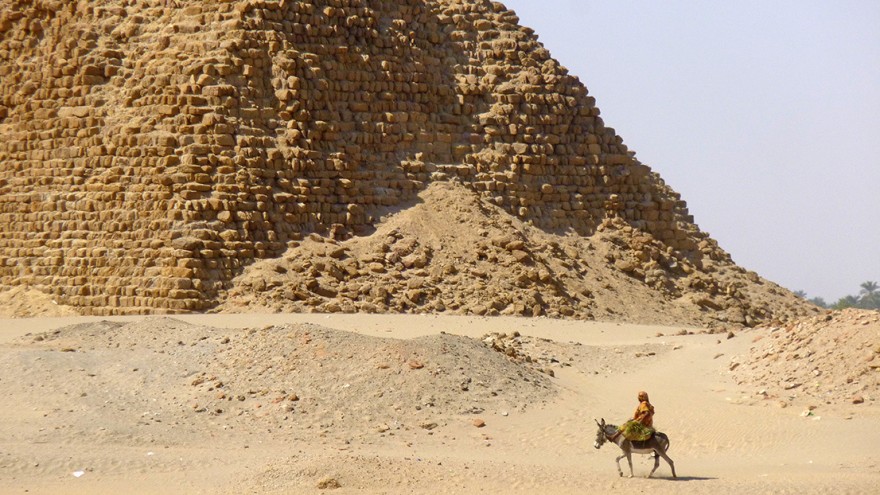
Question to a Archaeologist from a website of the el kurru temple in Sudan.
Geoff EmberlingApril 19, 2014 at 12:43 PM
The pyramid of Taharqo is an interesting and unusual monument. It was built once, then rebuilt much larger so that it is by far the biggest pyramid in Sudan. You can't go into the burial chamber now--Reisner excavated it and it is now filled back in. The burial chamber is about 12 x 13 m in size. I haven't had a chance to visit the Osireion, but from the published plan it is roughly comparable in length (about 10 meters)
http://historyofrchitecture.blogspot...0_archive.html
There are plans to revisit the pyramids, and excavate the burial chambers of all the pyramids in the complex, and it will be a all Sudanese and Egyptian team of Archaeologist, and i wish them luck.
 looking at it from the outside, you would never guess it would look that beautiful on the inside. shyt almost looking like the inside of the Taj Mahal. Sudan has mass potential in the tourism industry.
looking at it from the outside, you would never guess it would look that beautiful on the inside. shyt almost looking like the inside of the Taj Mahal. Sudan has mass potential in the tourism industry.
